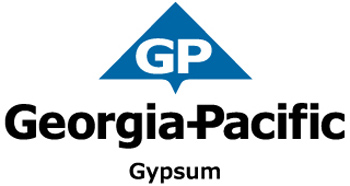Overview of Firewalls and the Use of Glass-Mat Gypsum Shaftliner Panels
This course is no longer active. AEC Daily will not report completion information for this course.
In multi-story, multi-family housing it is the area separation wall (firewall) which prevents fires from spreading to adjacent units. This course examines the advantages of using glass mat shaftliner panels for firewall assemblies in multi-story, multi-family housing, and covers the installation procedures and special conditions.
Upon completion of this course, the Learner should be able to:
- Define the functions of area separation walls in multi-story, multi-family housing construction.
- Compare the characteristics and advantages of the glass mat gypsum shaftliner area separation wall to firewalls of concrete block, paperfaced shaftliner, and the two 1-hour firewall assembly.
- Identify the components and understand the installation procedures of the glass mat gypsum shaftliner area separation wall.
- Recognize special conditions, such as area separation wall construction on a split slab foundation, an offset slab foundation, offset roofs and penetrations.
Approximately 1 hour. Delivered online, at your own pace.
Presented by Barry Reid, LEED AP BD & C on behalf of Georgia-Pacific Gypsum . View the Privacy Policy .
Presenter Information

Name: Barry Reid, LEED AP BD & C
Title: Sustainability and Product Manager, Georgia-Pacific Gypsum LLC
Background: Barry Reid, LEED® AP BD C, has over 25 years-experience in gypsum products. He is currently Building Envelope Technical Manager for Georgia-Pacific Gypsum LLC where he serves as Subject Matter Expert on green building and building envelope topics including building codes, standards, and green building programs. He works within product development and product management teams integrating building science principles into Georgia-Pacific Building Products and Processes. Current building activities include; Chair of ASTM E 60.01 Sustainability; Buildings and Construction Subcommittee, Committee Chair of American Wood Council’s Green Building Codes, Standards, and Programs Subcommittee, member of AWC Codes and Standards Committee, APA Coalition for Fair Energy Codes, and is past chair and current member of the Gypsum Association’s External Issues Committee.
